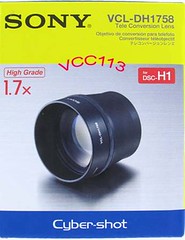
In a previous posting (Opteka 2.2x Teleconverter) I evaluated a very inexpensive Opteka teleconversion lens that I had bought on eBay for use with my Kodak P850 camera. In the end I decided that the Opteka lens was useless -- at least on my camera -- and I promised to try again with a different (sadly, a bit more expensive) lens and report back. Since then I found a listing for an open-box Sony DH1758 teleconverter on Amazon.com. Buying an open-box lens let me pick it up for about half of the usual price (which is still twice what the Opteka would have cost me.)
So, first question: does the extra couple of bucks buy me anything? Let's review. Here is my neighbor's mailbox and a detail shot with the Opteka from my front porch...


... and here is the same thing with the new Sony lens:
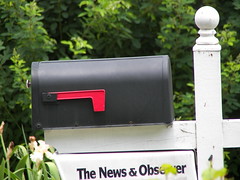
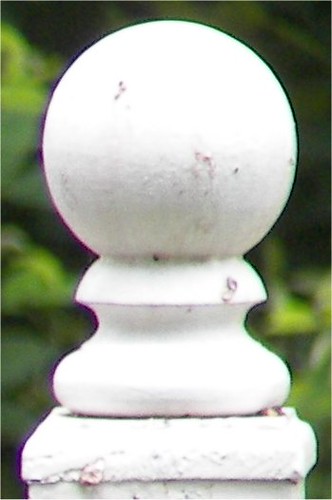
The Sony lens is much better than the Opteka, clearly, but the question remains: is it worth having? As I said when I evaluated the Opteka the dividing line between useful and useless for a teleconverter is whether you can get better images with the converter than you would get without it by cropping and enlarging the middle of the image. The Opteka was so far into the useless category by that criterion that the Sony could be vastly better and still not be worth using.
To find that out for sure I set up my tripod on the front porch, mounted my camera on it and pointed the camera towards a minivan parked half way down the block. Here is a wide-angle shot from my porch.
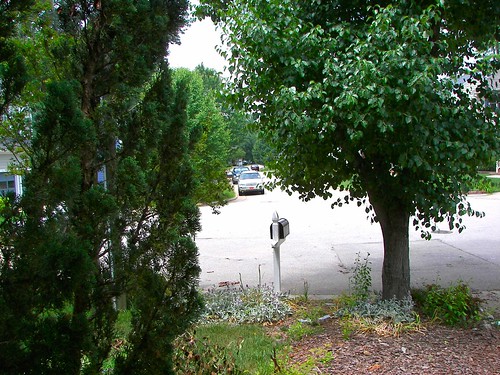
For critical viewing, please click on the photos to view them in Flickr. Thanks.
The red speck on the front bumper of the silver van in the center of the photo is a US Marines license tag. I will be comparing the images I get of that license tag with and without the converter to see if the converter lets me get a better shot of it. Here is the minivan at full optical zoom with no attachment.
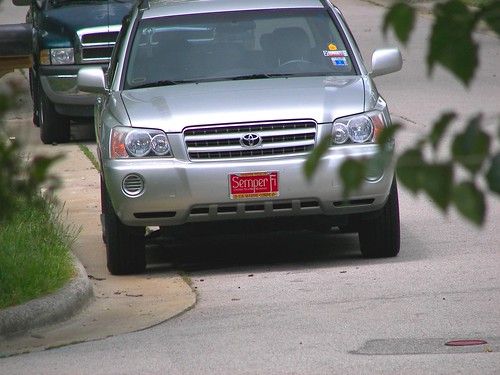
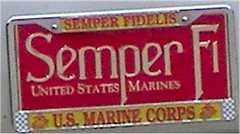
Here is the shot with the Sony teleconverter attached (still at full optical zoom).
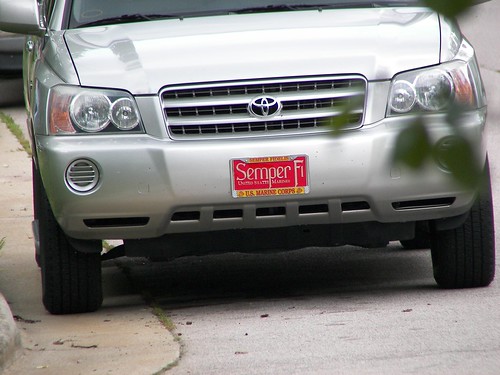
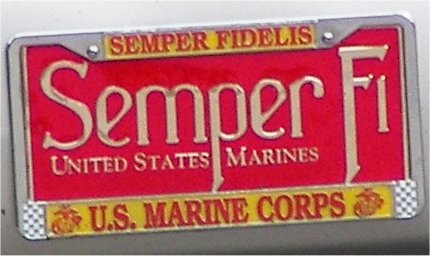
Here is the result of using the camera's 4X "digital zoom" in addition to the full optical zoom. First without the teleconverter ...
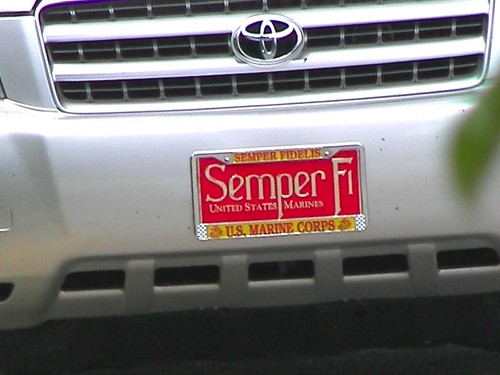
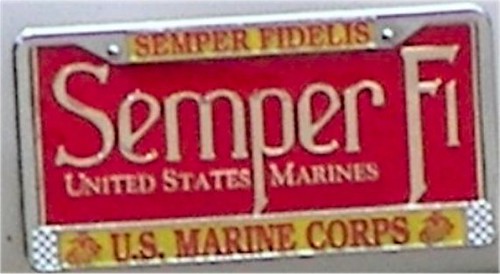
... then with the teleconverter:

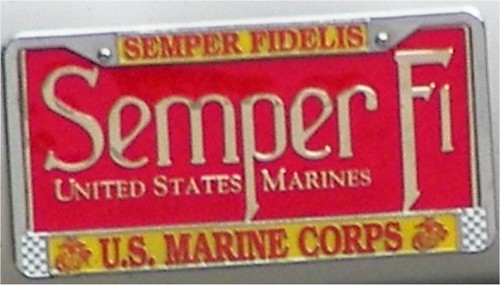
Using the digital zoom is approximately the same thing as cropping the image you get with the optical zoom and then enlarging it -- approximately the same, but not exactly the same. As you get into the digital zoom the camera initially holds the image size in pixels the same -- really scraping and interpolating to come up with a few more details from the center of the image sensor. As you zoom futher it admits that there just aren't enough pixels and starts reducing the pixel size and scaling to compensate. By the time you have reached the full 4x digital zoom the mix seems to be about 50/50.
Since the camera does scrounge for detail in the digital zoom range I decided to use a detail of the detail of the digital zoom to characterize my results. Here are two images taken at full digital zoom with (on the left) and without (right) the teleconverter. I have scaled the "without" image to make them the same visual size.
 |  |
| With | Without |
As you can see the teleconverter does help square up the checkerboard and it brings out details of the embossing of the logo. That is to say, it's a keeper.
